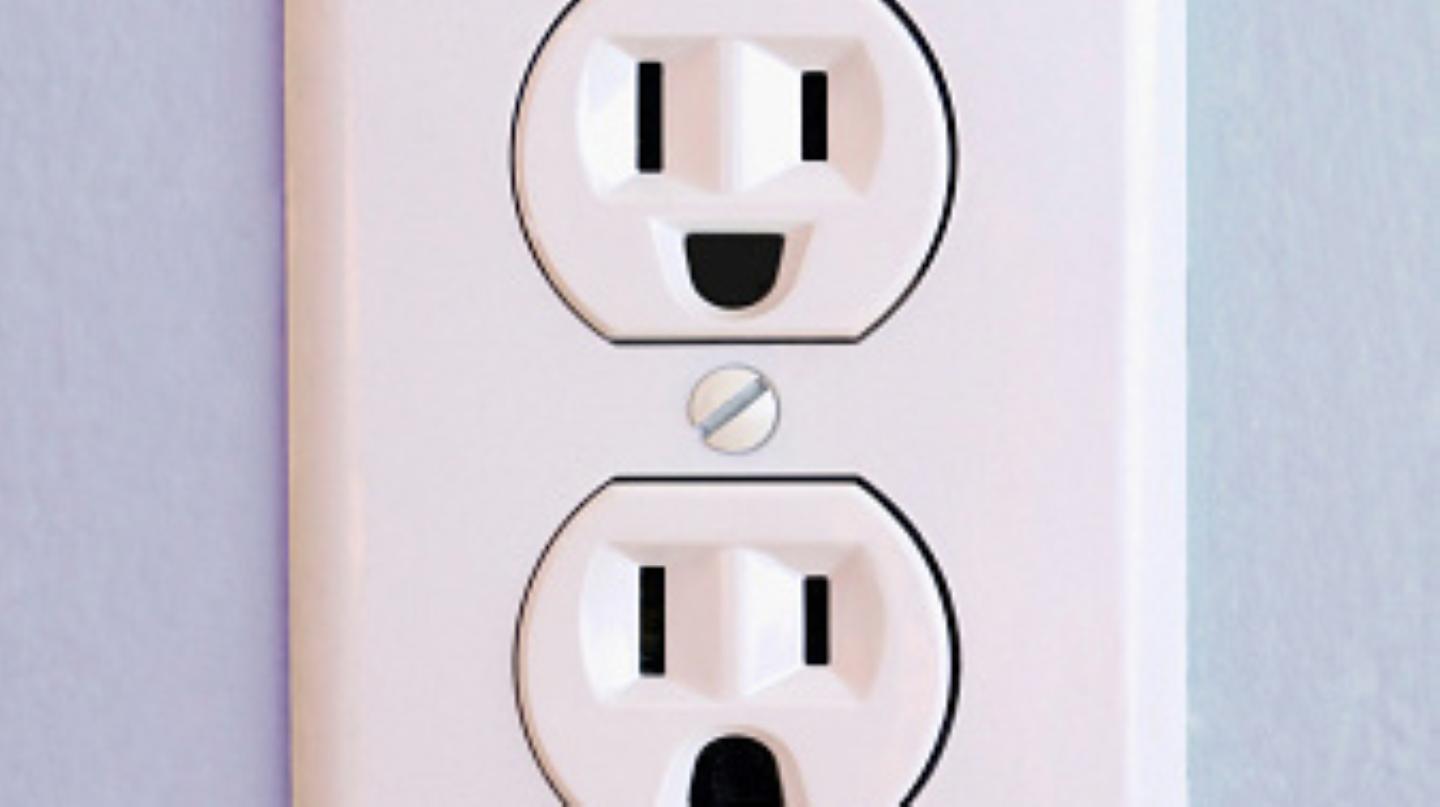

True to his paradoxical nature, Dali was both frightened and compelled by death. The skulls in “Ballerina in a Death’s Head” (1939) and “Skull of Zurbaran” (1956) are not-so-subtly hinted at. In “ Le Jeu Lagubre,” what gives it away is the emphasis on a man’s hands, one covering his face and one, oversized, reaching out. References in his paintings are obvious in “The Great Masturbator” (i.e., Dali himself, though the image doesn’t depict the act), and “ Hitler Masturbating,” a watercolor done late in the artist’s career that comes off as a dirty joke. Masturbationĭali had an aversion to sex, but he was obsessed with masturbation, and it’s been suggested that it was almost his only form of sexual activity. “The Great Masturbator” (1929) assaults the viewer with many of Dali’s frequently used symbolic images. The toothed vagina, a powerful image from folklore, represents a woman’s potential to injure or even castrate a man during intercourse, the root of Dali’s phobia. In “The Accommodations of Desire” (above), lion’s heads are meant to signify vagina dentata. Female sexuality and its component parts terrified the artist, as graphically evident in “ The Bleeding Roses,” with its literally visceral imagery of a woman’s dripping abdominal organs. Ironically, given his love of eggs, Dali was terrified of their origin. Dali’s home in Barcelona has egg sculptures nestled in alcoves, and at the Dali Museum, giant eggs crown the top of the building.īeware of lions-and genitals-with sharp teeth! “The Accommodations of Desire” (1929).
Pathological fear cracked#
They appear whole, as in “ Metamorphosis of Narcissus,” or cracked open and cooked, as in “Eggs on the Plate without the Plate” (shown above). Eggs are fundamentally prenatal and intrauterine, so they also symbolize birth, new life, and hope, and Dali had a distinct fondness for them.

Like a crustacean, an egg has a hard shell protecting a soft interior. Hard on the outside, soft and squishy inside. “Eggs on the Plate without the Plate” (1932). Lobsters especially had a starring role, not only in paintings, but also printed on a dress for the designer Elsa Schiaparelli and fabricated in plaster and affixed to the handset of a 1930s rotary phone. It was a concept he thoroughly related to, being himself a vulnerable hermit crab in need of a hard shell to protect him from the outside world. In Dali’s symbolic vocabulary, an exoskeleton represented armor protecting the soft creature within. Here a lobster, there a lobster, everywhere a lobster. The iconic “The Persistence of Memory” may loom large in the history of modern art, but it measures a mere 9 ½ by 13 inches, barely larger than a piece of printer paper. And many of his early paintings are surprisingly small. He believed that little things had the power to disrupt beings a hundred times bigger than themselves. Not just insects, but things like olives, breadcrumbs, grains of sand, and later blackheads and arm hairs also drew his focused attention.

Tiny Thingsĭali was endlessly fascinated with all things small. Ĭan “The Persistence of Memory” really be that small? Astoundingly, yes. Grasshoppers, which pop up with some regularity, he so feared as a child that other children threw them at him for fun, just to see him react. Ants, a common image, signify decay, suggesting also a fear of death. Dali’s paintings are infested with the very insects that terrify him. An oversized lone grasshopper perched over the mouth of a deformed head. Beautiful, colorful butterflies floating individually and in clusters. Top: “Sleep”(1937) by Salvador Dali, suggests the realm of dreams, where his imagination dwelled.Īnts mark the inevitable passing of time in “The Persistence of Memory” (1931).

Dali was obsessed with eroticism and masturbation, and with dreams his visual vocabulary included heads, eggs, elephants, crustaceans, and butterflies, all with psychological, mainly Freudian, reasons for appearing on canvas.ĭali’s surrealistic images retain their impact decades later, and they’re always worth another look. These powerful phobias were matched by profound fascinations. He also feared, among many other things, the female body and becoming a father. A general fear of insects was connected to delusional parasitosis-a feeling of nonexistent bugs infesting one’s skin. His list of pathological fears ran from childhood ereuthophobia, a fear of blushing, to acrididophobia, a fear of grasshoppers. Salvador Dali didn’t suffer from phobias, he reveled in them.


 0 kommentar(er)
0 kommentar(er)
